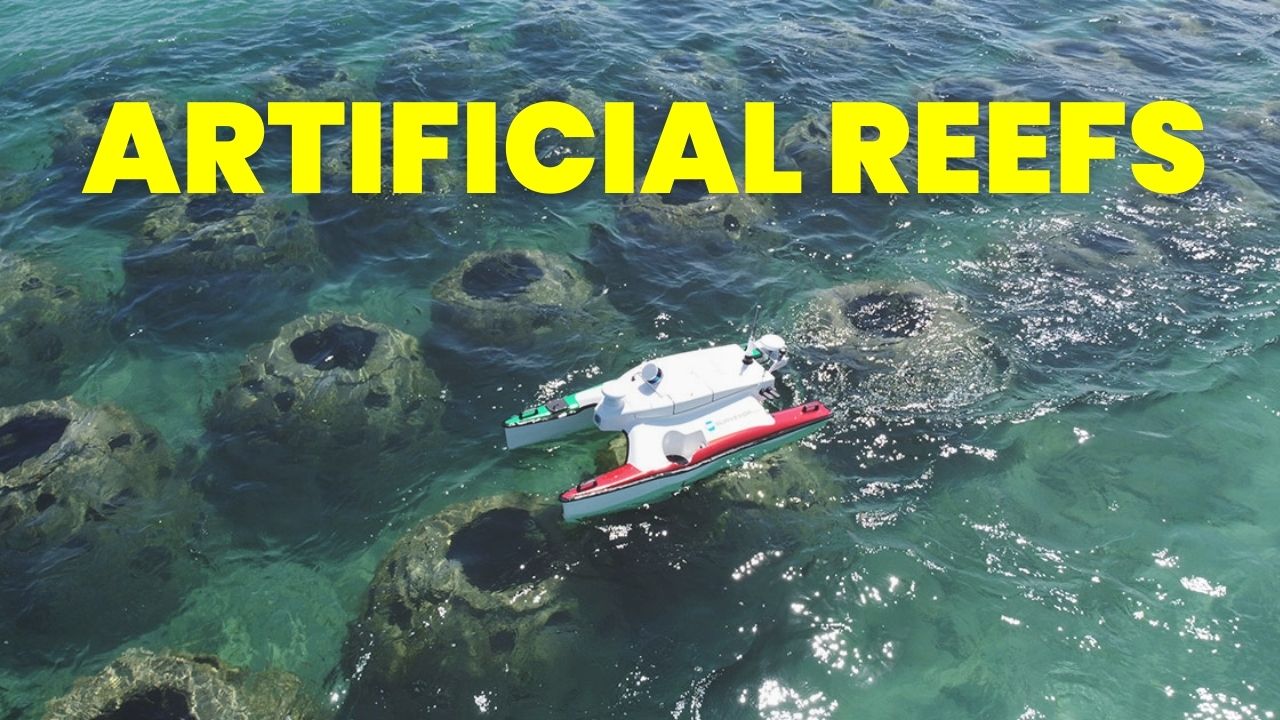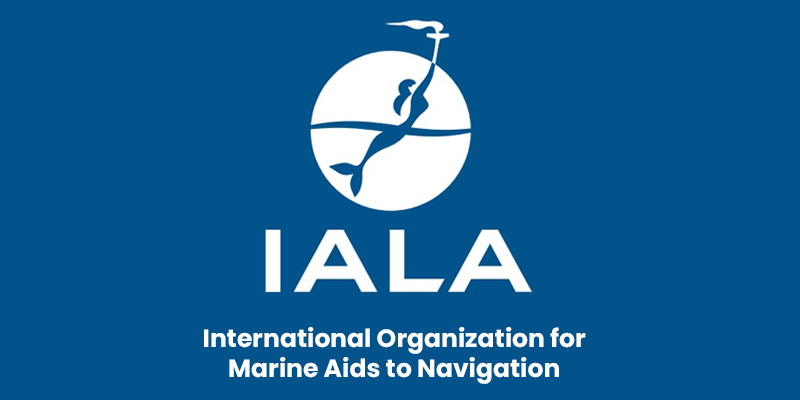Font size:
Print
Artificial Reefs
Context:
Recently, a significant environmental initiative was launched off the coast of Rameshwaram in the Ramanathapuram district, with the deployment of 300 artificial reef modules.

Key Highlights:
- Purpose: Enhance marine fisheries resources and enrich coastal biodiversity.
- Location: Rameshwaram, Ramanathapuram district, Tamil Nadu, India.
- Deployment Locations: Three locations, 3 nautical miles offshore.
- Shapes: Triangle, rectangle, and ring.
- Depth: 6 metres.
- Funding and support: ₹40 lakh from the Ministry of Environment, Forest and Climate Change of India (MOEF&CC), Global Environment Facility’s Small Grants Programme (GEF SGP), United Nations Development Programme (UNDP), The Energy and Resources Institute (TERI).
- Impact: Improves marine fisheries resources, conserves biodiversity, and supports fishermen’s livelihoods.
- Organisation: PLANT Trust has deployed over 5,220 artificial reefs across 25 Tamil Nadu villages.
About Artificial Reefs
- They are human-made structures that are intentionally placed on the seafloor or submerged in bodies of water. Submerged shipwrecks are widely used as artificial reefs.
- Other Structures: Oil and gas platforms, bridges, lighthouses, and offshore structures can also function as artificial reefs.
- Purpose: Designed to enhance habitats for reef organisms, including soft and stony corals, fishes, and invertebrates.
- Constructed using a variety of materials, (Traditional) Rocks, cinder blocks, wood, and old tyres. (Modern) Limestone, steel, concrete.
- Benefits: It Attracts fish, making it popular for commercial and recreational fishing, diving, and snorkelling.
- Associated Risks: Habitat Displacement, Non-Native Species Introduction, Pollution and Contamination, Fishing Conflicts, Navigation Hazards, and Coral Damage.





